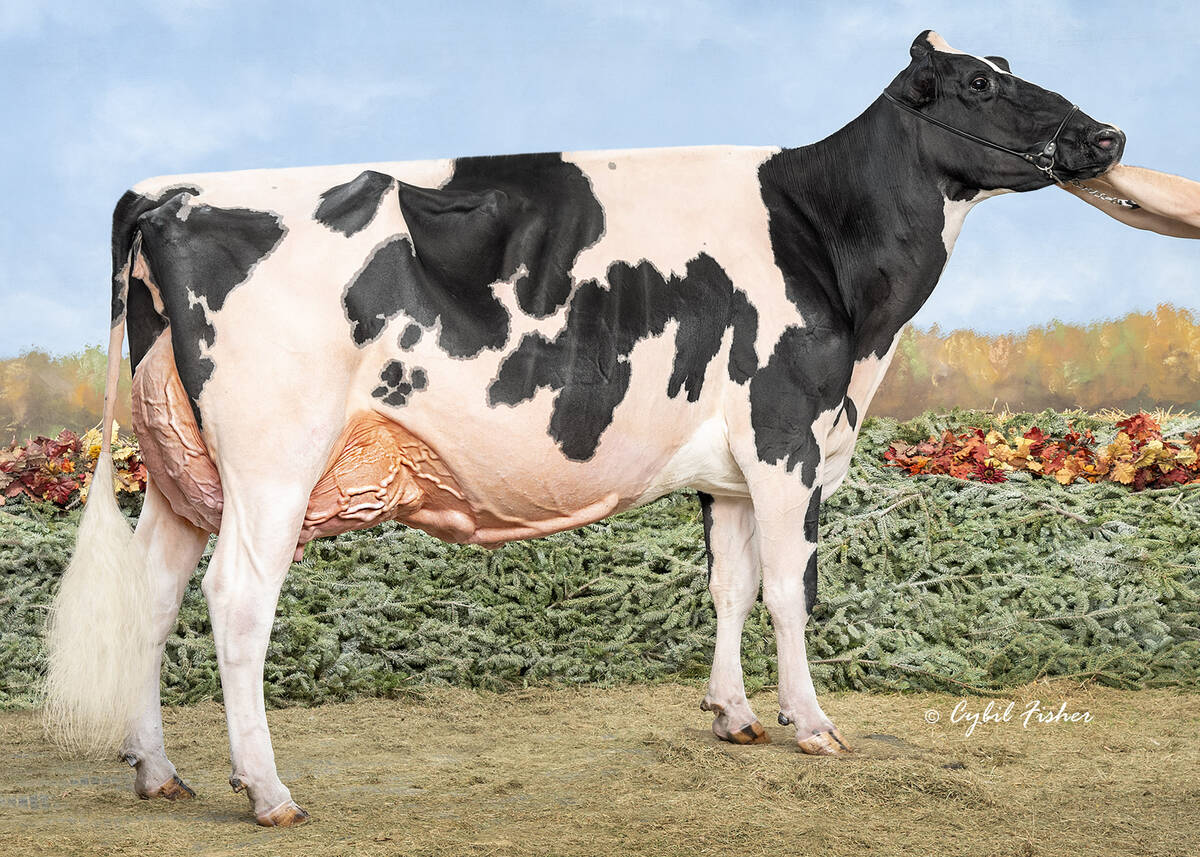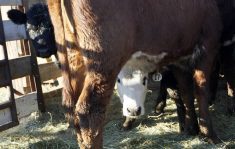CALGARY — Tough pollution rules in the United States force feedlots to be cautious when handling animal waste.
Many problems can be controlled with good management, says John Sweetan, of Texas A & M University, who studies environmental issues regarding feedlots. He gave an Alberta Cattle Feeders Association meeting a summary of the kinds of regulations intensive livestock operations must comply with in the U.S.
Water and air quality, as well as soil sustainability, are the main issues surrounding intensive livestock operations, said Sweetan.
The law says there will be no discharge of treated or untreated water from feedlots. Feedlot discharge is 10 to 20 times more concentrated than domestic sewage, he said.
Read Also

Saskatchewan dairy farm breeds international champion
A Saskatchewan bred cow made history at the 2025 World Dairy Expo in Madison, Wisconsin, when she was named grand champion in the five-year-old Holstein class.
Minimal seepage allowed
Water from feedlots must be collected in holding ponds that allow no more than 2.5 millimetres seepage per year. This is done by lining the bottom with a third of a metre of non-porous clay. The Environmental Protection Agency may increase that lining to half a metre thick to control effluent seepage, said Sweetan.
Water is withdrawn from these lagoons for irrigation. This must be done frequently because as water evaporates it leaves salt behind that can harm the land.
Texas A & M has studied groundwater pollution for the Texas Cattle Feeders Association. It checked 28 wells on 26 feedlots and found them to be clean. Nitrates, chlorides and ammonia levels were all well below the recommended tolerance level.
Feedlot manure is a valuable source of nutrients for soil but it must be applied carefully because it is so concentrated. Texas A & M found the best crop results come from applying 15 centimetres of manure twice a year.
The university has done estimates on the amount of land needed to absorb the manure from a 10,000-head feedlot producing 22,861 tonnes of waste each year. On irrigated land, 2,250 acres are required to use the manure which would be applied at the rate of 10 tonnes per acre. On a dryland farm 4,500 acres is needed with application rates of five tonnes per acre.
Monitoring of nitrogen and phosphorus content of manure is also necessary, he said.
Some swine and poultry operations are no longer allowed to spread manure on their land because it’s overloaded with phosphorus.
Texas A & M has also studied odor. Most problems occur when wet feed is used and the wetter the feedlot, the smellier it may be. Sweetan says pens should be sloped away from feedbunks and flat pens should be avoided so water doesn’t collect.
He suggests pens must be cleaned more often and contain fewer animals in order to reduce odors and dust.















